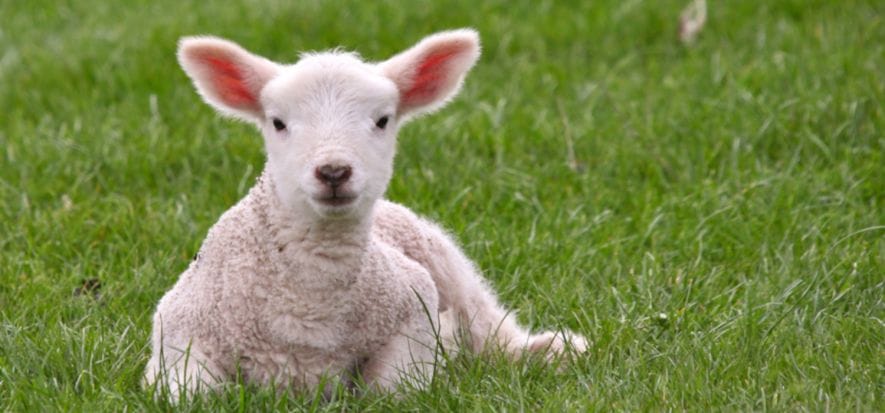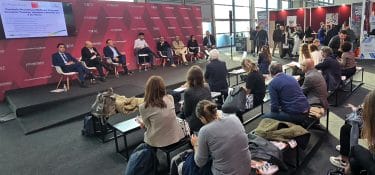The aim is to find some valuable solutions to the actual quality deterioration of a niche tanning raw material, most loved and demanded by the market top end: namely, Spanish entrefino lamb. 8 specialized tanneries, the most important ones in Europe, are involved in the project: Russo di Casandrino (Italy); Riba Guixa, Colomer/Ledexport, Inpelsa and Bosch Girona (Spain); Bodin-Joyeux, Megisserie Richard and Megisserie Alric (France). The name of the project they have been promoting and financially supporting is SELAMBQ (Spanish Entrefino Lamb Quality), which kicked off at the end of 2017. Last 29 November, in Spain, at Adobinve tannery, they took stock over the first working year of the initiative. SELAMBQ is coordinated by Cotance (Confederation of National Associations of Tanners of the European Community), in collaboration with UNIC – Italian Tanneries, Acexpiel (Asociación Española del Curtido) and FFTM (Fédération Française de la Tannerie Megisserie). Thanks to such project, they managed to activate a cross debate and a shared interest in the industry, as Spain’s associations of farmers and meat manufacturers (Interovic and Anafric) joined the meeting as well. During the first year, a group of researchers, led by José Maria Gonzalez-Sainz (professor of veterinary medicine at University of Zaragoza), mapped, traced and analysed 300,000 Spanish entrefino leather samples. As a result, they pinpointed a specific range of shortcomings deriving from the method through which lambs are bred and slaughtered, which affects remarkably the leather quality. A solution to the problem requires the improvement of livestock management. This is going to be SELAMBQ second stage. First step: developing a campaign to raise awareness at the bottom of the leather industry. Second step: setting common standards alongside good operating procedures as to breeding and slaughtering. Third step: developing certifications and tools to safeguard quality. Meanwhile, they will keep mapping leather samples.
In the name of Spanish entrefino quality: 8 European top tanneries, engaged in the SELAMBQ project, take stock after one working year











